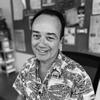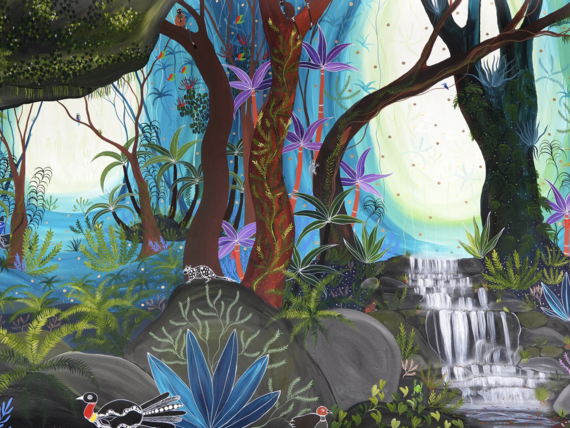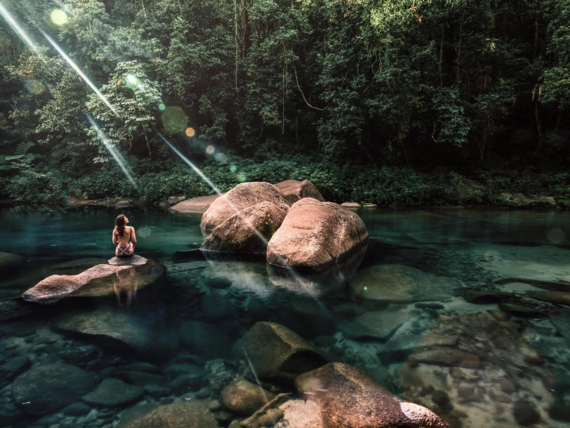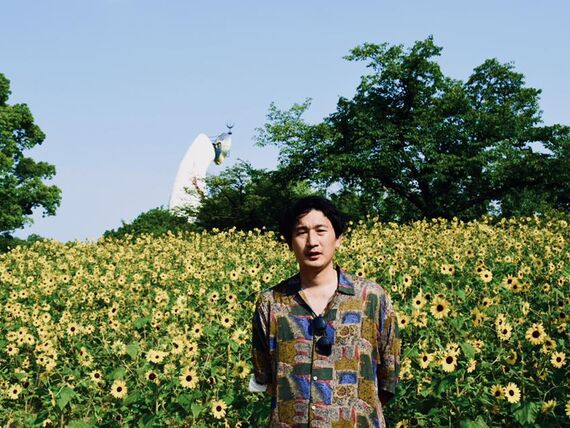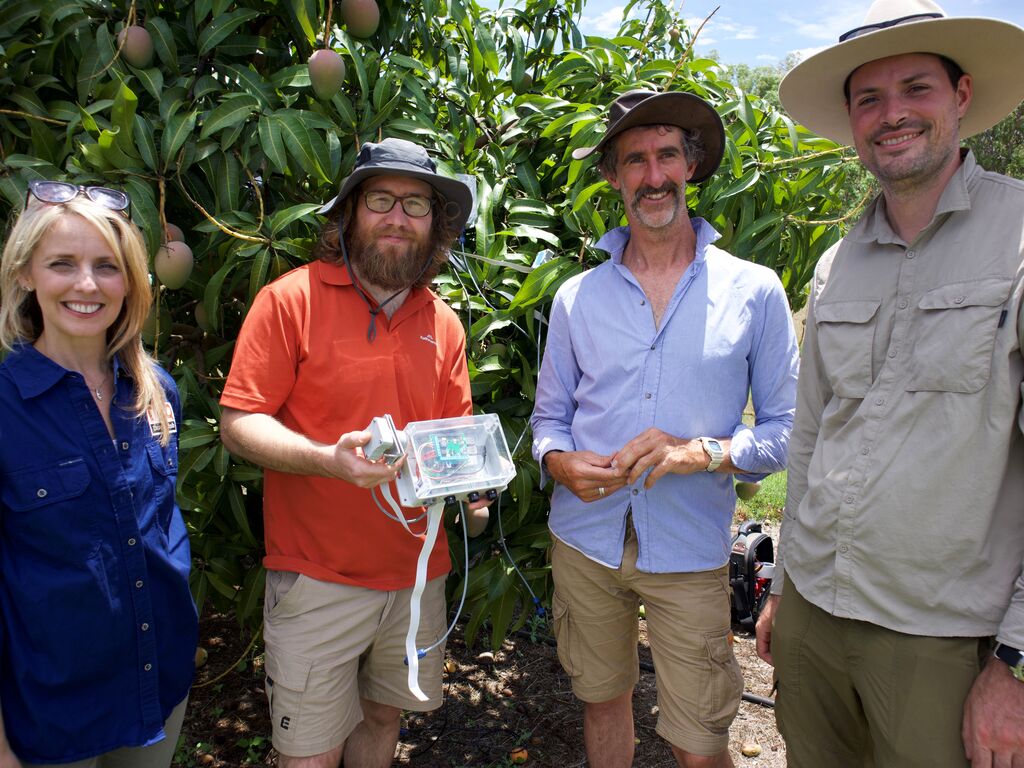
##MP##
It’s mango time here in Far North Queensland, that wonderful season when you can almost hear the fruit ripening on the trees in our streets and yards.
Kids and grown-ups alike are out gathering mangoes, and every family has its own gizmos and methods for getting fruit down from up high.
Mango is great in a fruit salad, a vibrant ingredient in food dishes across many cuisines, and they make a wonderful chutney.
We are very fortunate to live in a region where mango trees are common in backyards, parks, and bushland.
##BA##
But mango growing is also a multi-million-dollar industry, with growers across northern Australia competing to put their fruit into those lucrative southern capital city markets.
Some seasons are better than others, and mango growers need to make the most of everything to ensure successful, sustainable, and profitable crops.
There is keen industry interest in a test last week of a device to measure how well watered a mango tree is.
The device was put through its paces at the Walkamin Research Station, on the Atherton Tablelands.
A team of scientists and researchers is trying to see if optical dendrometers can accurately measure moisture in a tree, something that’s proved difficult using other methods.
Tim Brodribb, from the University of Tasmania School of Natural Sciences, said it’s a promising new approach that could help growers make best use of their water.
##PQ##
“We’ve been developing a new kind of optical-based sensor that provides a new approach for capturing the shrinkage and swelling associated with water uptake and loss.
“Monitoring water use in the crop itself represents a significant improvement in irrigation management over traditional techniques that monitor water in the soil, in the environment, or only on the growing parts of the plant.”
The project is a collaboration between the Tropical North Queensland Drought Hub, the Queensland Department of Agriculture and Fisheries, and the University of Tasmania.
About 95 per cent of Australian mangoes are grown in irrigated regions that are often drought prone, like the Northern Territory and Queensland.
It’s hoped testing of the optical dendrometer at the Walkamin Research Centre will prove its suitability for commercial operations in tropical conditions.
Director of TNQ Drought Hub, David Phelps, said the testing is a significant milestone.
"We’re supporting on-farm innovations that have the potential to improve resilience, and to be better prepared for the risks of drought in the future.
“Finding tools that allow farmers to monitor water use in tree crops can lead to improved management, including during drought.
“This collaboration between the Drought Hub and DAF is the first step toward ensuring that we are providing producers with proven solutions that they can have confidence in.”
Main points
- Tests at Walkamin of new device to meaure moisture in mango trees
- Determining moisture in a tree has been very difficult
- The device could help mango growers make better use of water

